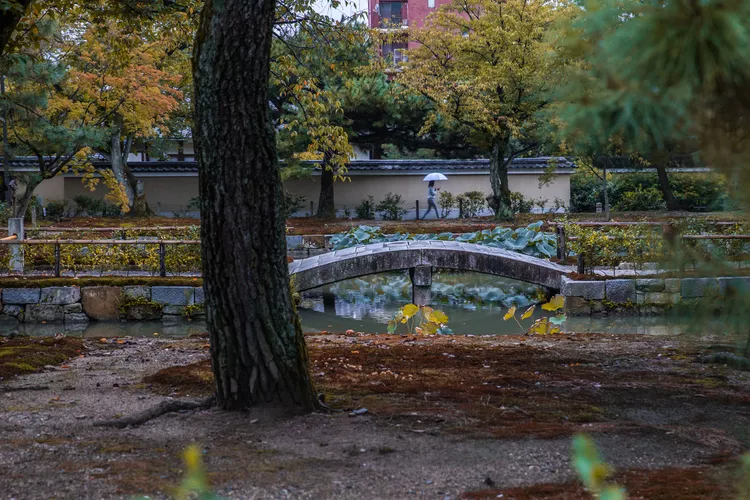Japan is well known for its rainy season—referred to in Japanese as both tsuyu and baiu. As an archipelago with diverse geography, the rainy season occurs at varying times across different regions. This guide will help you navigate the unique weather trends of Japan during this season.
Timing of the Rainy Season
The rainy season can commence at different times depending on location. In Okinawa, it typically begins in early May. In contrast, other regions generally see its onset in early June, lasting through mid-July.
Notably, in Hokkaido—Japan’s northernmost prefecture—a true rainy season is absent. However, this does not guarantee perfect weather; some areas may experience extended periods of cloudy and cool days. Nevertheless, Hokkaido usually enjoys milder weather compared to the rest of Japan, making it an excellent destination if you wish to avoid the rainy season.
Weather Patterns
The weather during the rainy season tends to be unstable, requiring visitors to be prepared for unexpected rainstorms. In the Kyushu region, the movement of storm fronts can lead to heavy rainfall, so visitors to western Japan should be particularly mindful of rain forecasts.
Although the rainy season is often marked by lower temperatures and rain, there can be instances of light rain combined with hot weather. Therefore, it’s essential for travelers visiting Japan during this period to pack strategically—dress in layers to accommodate the unpredictable weather.
Humidity
The rainy season significantly affects humidity levels, which can lead to discomfort for those unaccustomed to it. Frequent bathing or showering can help maintain comfort during clammy days. Additionally, heightened humidity creates an environment conducive to mold growth, making it crucial to air out belongings when the sun eventually shines.
An unexpected issue associated with this season is the rise in food poisoning cases, underscoring the need to be cautious about food choices and ensuring proper refrigeration of perishables.
:max_bytes(150000):strip_icc():format(webp)/japanese-ajisai-583830863-5c2d313146e0fb0001d2da3d.jpg)
Benefits of the Rainy Season
Despite the potential gloominess, the rainy season plays a vital role in agriculture, particularly in rice cultivation—a staple food throughout Japan.
Moreover, many beautiful flowers bloom during this season. The ajisai (hydrangea) is a notable symbol of Japan’s rainy season, alongside various irises that grace numerous gardens and parks.
To maximize your experience in Japan during the rainy season, consider planning a hike in nearby mountains or visiting local parks to appreciate the blooming flora. Observing these lovely plants can foster a sense of relaxation, even on dreary days.




